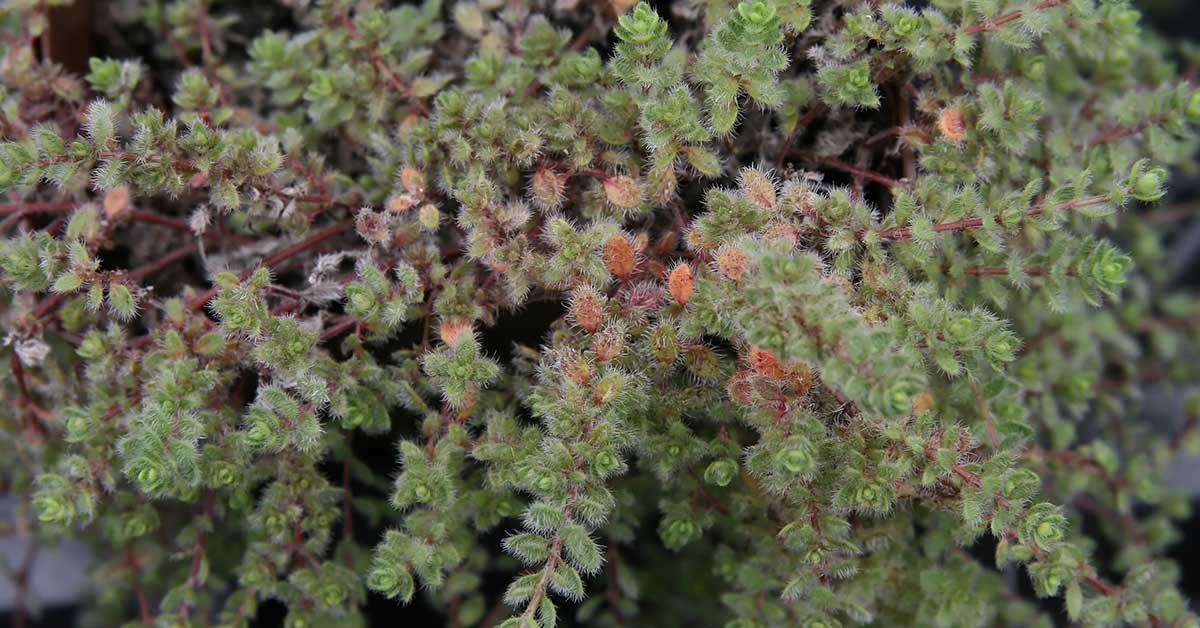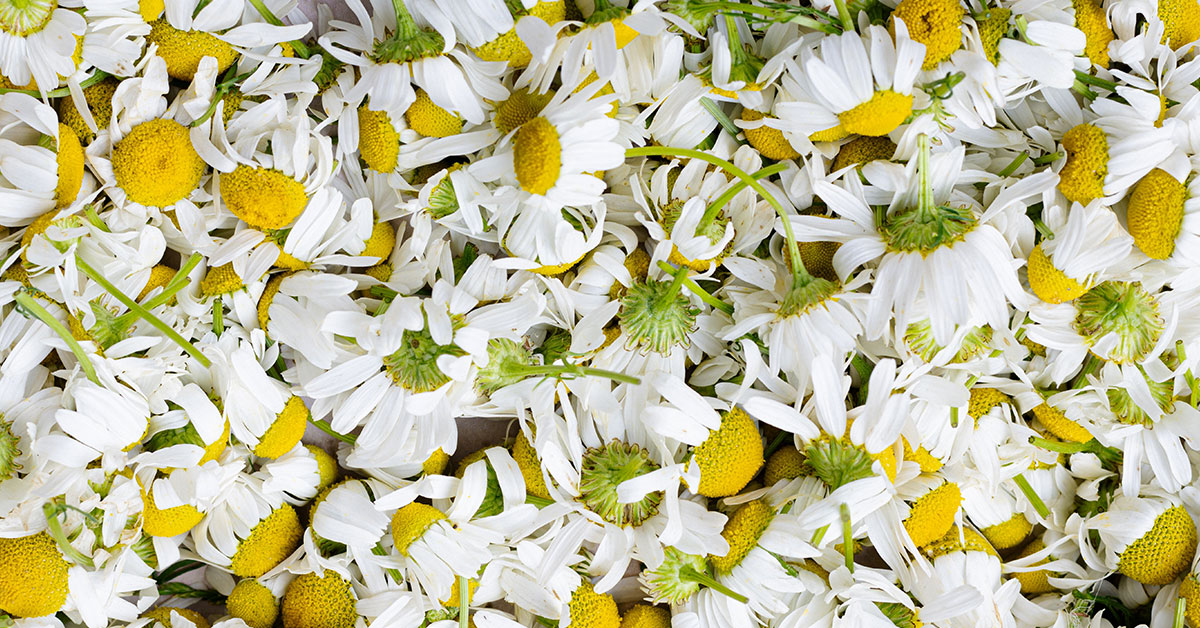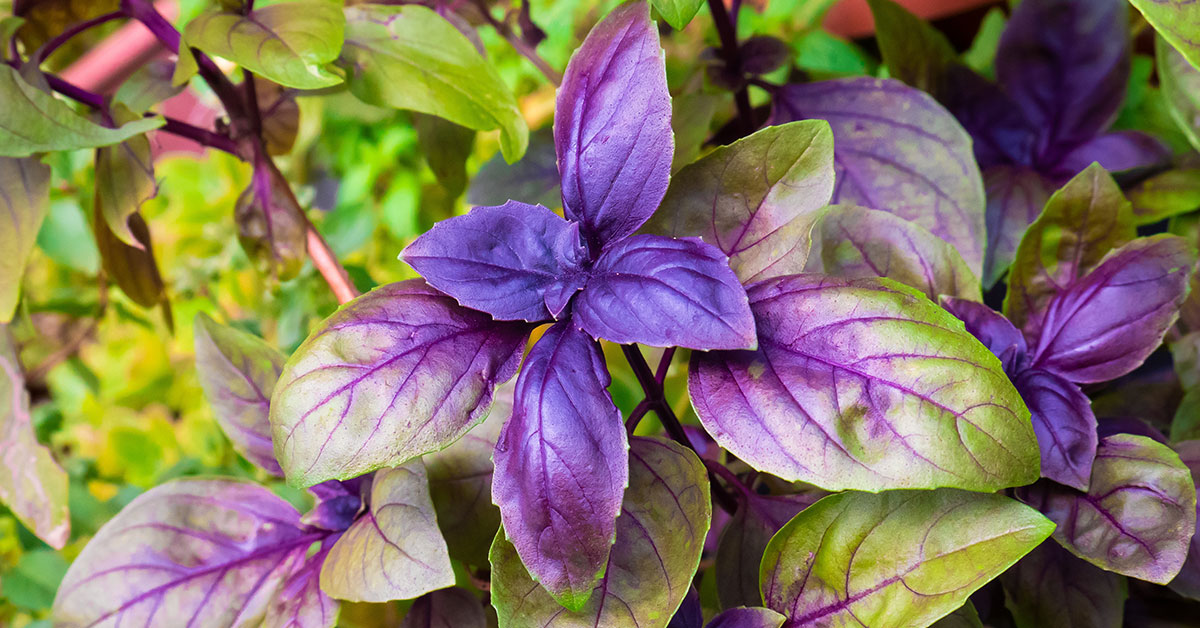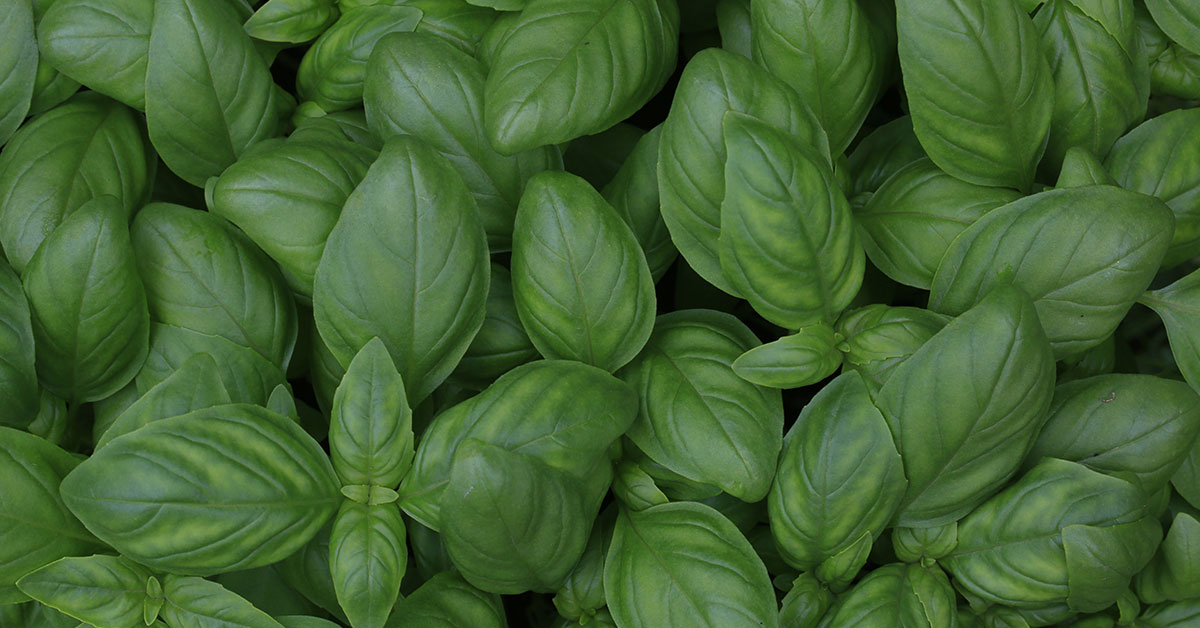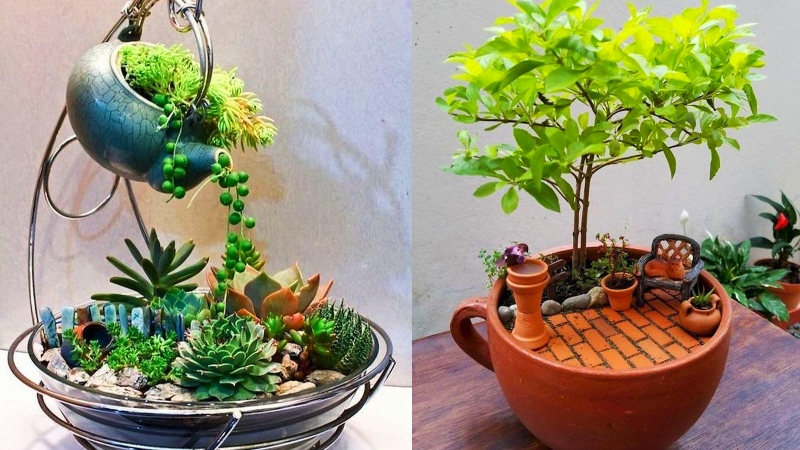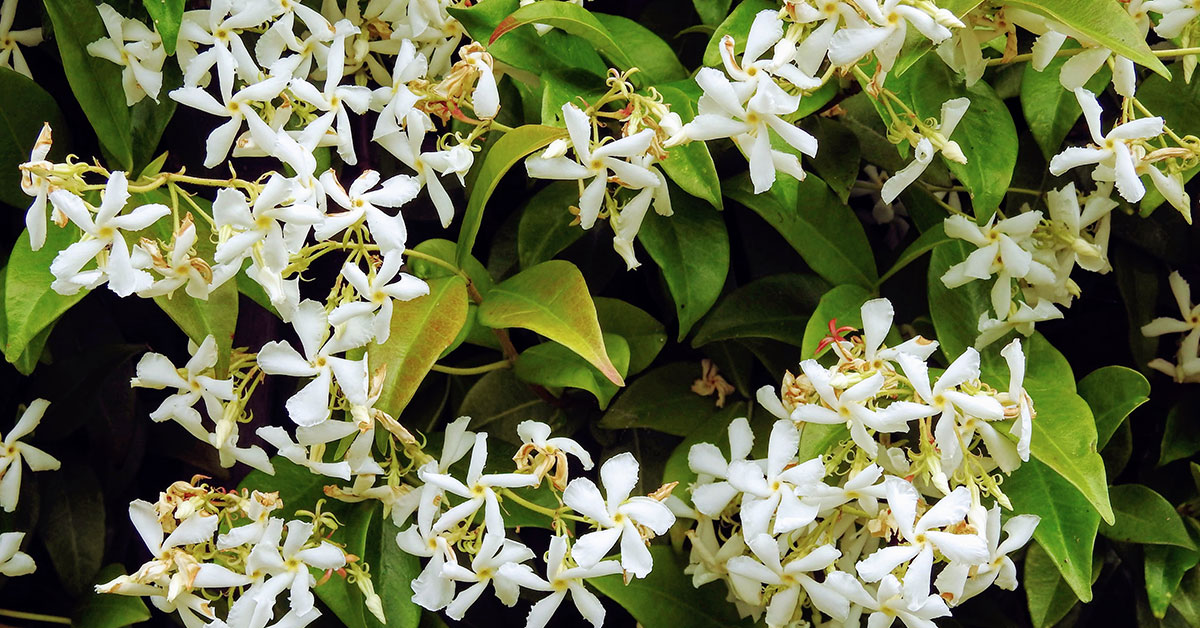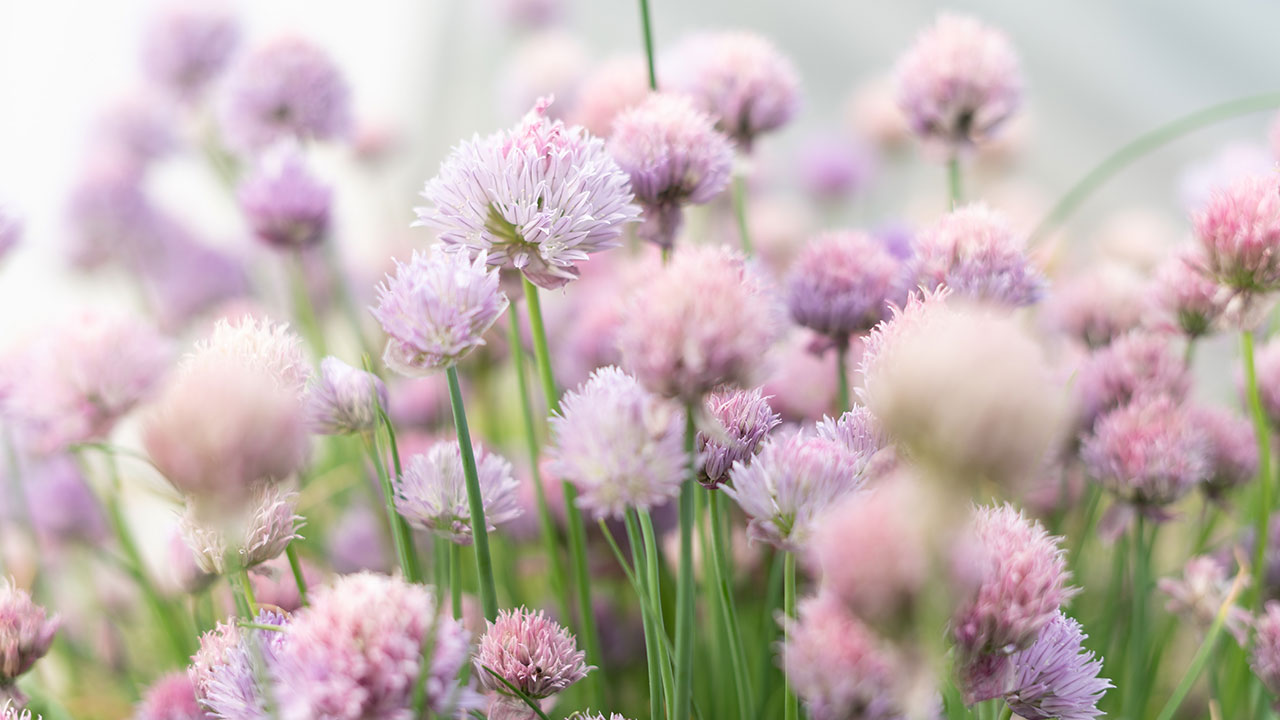Perennial herbs like wooly thyme (Thymus pseudolanuginosus) are one of the best-kept secrets about gardening, but I’m here to let the secret out. This plant is strong, hardy, you can walk on it, you barely need to ever water it, and it’s fully edible, tasting wonderful in a pizza sauce. Growing this variety of thyme is super easy, and if you want, you can make an entire lawn out of it instead of using water-intensive grass. Plus it erupts in a blanket of flowers from late spring all the way through the end of summer.
Growing wooly thyme
Thymus pseudolanuginosus is a low-growing, evergreen perennial herb native to the Mediterranean region. It has soft, wooly, gray-green leaves and an intense, spicy-sweet aroma. The leaves are small, oval-shaped, and have a fuzzy texture, which lends to its name. It produces small, pink, flowers in the springtime through summer that attract bees and butterflies. Wooly thyme is drought tolerant and can be used as a ground cover in rock gardens or as an edging plant. It can also be used as a culinary herb for flavoring sauces, dressings, and other dishes.
Wooly thyme grows as a perennial in USDA zones 4 to 7 and possibly warmer, up to zone 9. The plant may completely die, growing only as an annual, in zones colder than 4.
Thyme as a groundcover
One of the attractive things about growing Wooly Thyme as a groundcover is that it needs almost no maintenance. This plant does great in dry, arid conditions and doesn’t fuss if you don’t fertilize or take extra special care of it. Once established, it barely even needs any water. It is a good idea to offer some every week during especially hot, dry periods though.
Wooly thyme is an excellent choice for a pest-resistant ground cover that is also a favorite of pollinators like bees, butterflies, and other native pollinators. Its soft, dense foliage is great for keeping out weeds, while its tiny flowers attract a variety of pollinators. Its evergreen foliage provides food for pollinators during its blooming period and requires minimal pruning and upkeep. Wooly thyme is a great addition to any garden, providing beauty, texture, and a haven for pollinators.
Wooly thyme prefers full sun, but it can tolerate some shade. This variety of thyme grows to be about 12 inches tall at most and doesn’t require any pruning or cutting back. Once established, a wooly thyme plant needs pretty much nothing from a gardener – just space to do its thing. Thyme doesn’t usually need any fertilizer, but watch your plants for signs of failure to thrive.
Planting a wooly thyme lawn
Different varieties of thyme, like red creeping thyme, are increasingly popular as a lawn, especially for homeowners who don’t want a high-maintenance lawn or people who live in arid environments. Wooly thyme fits well with a xeriscaped landscape. Each plant spreads about 18 inches in every direction. With time, it will take over and occupy an entire space.
- Wooly thyme can be planted in spring after the danger of frost has passed. Don’t jump the gun on this! While thyme is a perennial herb, a hard frost can kill it if it isn’t yet established. Wait until the days are warmer and the final frost is behind you.
- Start by preparing the soil for planting. Remove existing grass, weeds, and debris, and then evenly spread a 2-3 inch layer of compost or loam soil over the area you want to plant.
- Till the soil to a depth of 6-8 inches. This will help to loosen the soil for the thyme to take root. Thyme grows best in well-draining soil, so breaking it up with a tiller before planting will aerate the soil and help prevent issues like root rot.
- Once the soil is properly prepared, you can plant the thyme. You can spread a layer of wooly thyme seeds across the top of the soil, but my preferred method of planting patches of thyme is by plugging in already-started plants. Thyme started from seed takes a long time to get established and growing.
- Plant wooly thyme plugs approximately 16 inches apart from one another in a grid. The thyme will slowly fill in the empty space between them.
- Water the area thoroughly. You want the soil to be moist but not wet.
- Keep the area well-watered. It will take about 2 weeks for wooly thyme to germinate if you spread seeds. Once established, reduce watering to once per week.
Once your thyme lawn is established, you may want to annually spread a new layer of wooly thyme seeds, especially in areas that appear bare. If you don’t mow the thyme, which you really don’t need to, it will self-seed and continue to fill itself out with time, so this step generally won’t be necessary.
